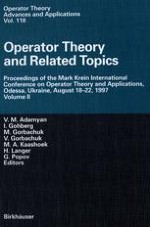Many commercial and defense applications require a database system that protects data of different sensitivities while still allowing users of different clearances to access the system. This book is a collection of papers covering aspects of the emerging security technology for multilevel database systems. It contains reports on such landmark systems as SeaView, LDV, ASD, Secure Sybase, the UNISYS secure distributed system, and the secure entity-relationship system GTERM. Much of the research is concerned with the relational model, although security for the entity-relationship and object-oriented models of data are also discussed. Because the field is so new, it has been extremely difficult to learn about the research going on in this area, until now. This book will be invaluable to researchers and system designers in database systems and computer security. It will also be of interest to data users and custodians who are concerned with the security of their information. This book can also be used as a text for an advanced topics course on computer security in a computer science curriculum.
